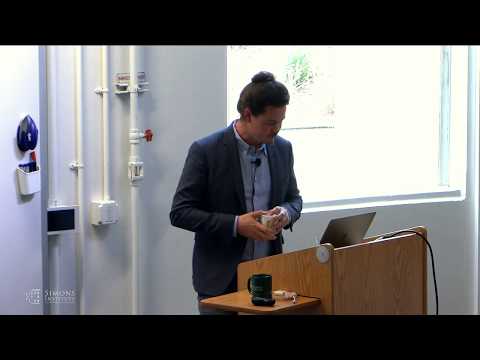Description:
Explore a comprehensive lecture on backpropagation and deep learning in the brain, delivered by Timothy Lillicrap from DeepMind Technologies Limited. Delve into the credit assignment problem and its solution in artificial networks, examining the biological plausibility of backpropagation. Investigate neuroscientific evidence supporting backprop-like learning in the brain and analyze a spectrum of credit assignment algorithms. Learn how to convince neuroscientists that the cortex employs backprop-like learning mechanisms. Examine reinforcement learning, including single-trial scenarios, outcome measurements, and parameter updates using policy gradients. Compare various approaches such as feedback alignment, energy-based models, and target propagation. Discover new neuron models and explore future directions in the field of computational neuroscience and deep learning.

Backpropagation and Deep Learning in the Brain
Add to list
#Computer Science
#Artificial Intelligence
#Neural Networks
#Backpropagation
#Deep Learning
#Machine Learning
#Reinforcement Learning
#Science
#Biology
#Neuroscience
#Computational Neuroscience
#Policy Gradient
#Energy-Based Models